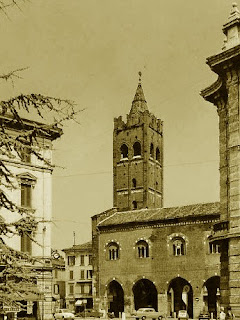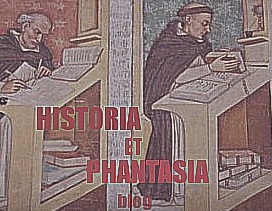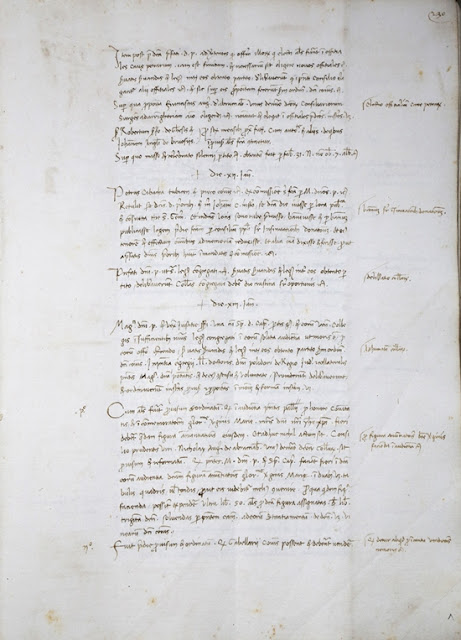After the end of the Roman Empire, Rome often continued to decorate the floors with beautiful mosaics. Many precious marbles were often found among the ruins of ancient Rome.
In the Middle Ages, however, there were several stages. In later times the workshops of Cosmati were particularly appreciated.
In an initial period craftsmen create simple floor mosaics, then some important workshops built more complex mosaics.
The artistic workshops of Cosmati and Vassalletto families also work in different towns around Rome.
The artistic workshops of Cosmati and Vassalletto families also work in different towns around Rome.
floor in the basilica of Santi Cosma e Damiano -photo L.B.
floor in San Crisogono church-photo a.p.
floor in Basilica of Saint Lawrence outside the Walls-photo a.p.
floor in Basilica of Saint Lawrence outside the Walls-photo a.p.
To read more:
Cosmati and Vassalletto (italian)
Floors in Middles Ages (italian)
Mosaics in Rome (english)
°°°










































